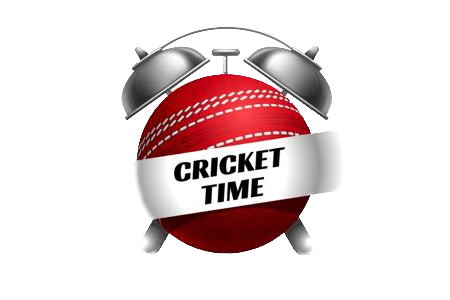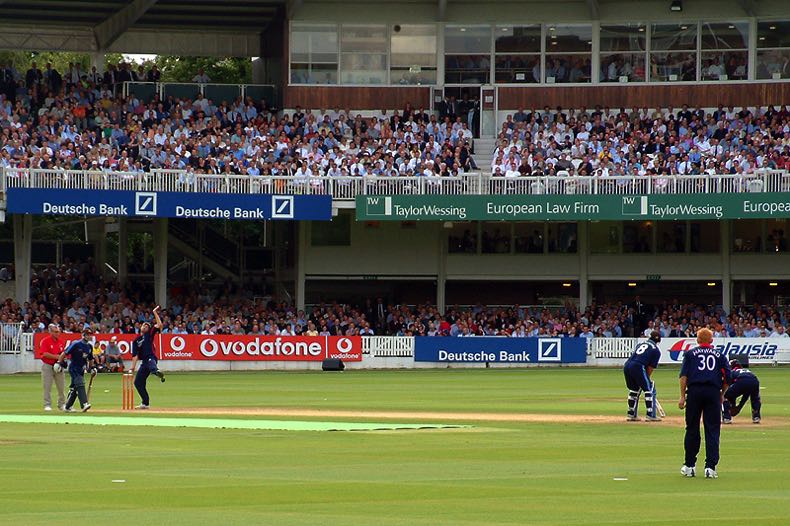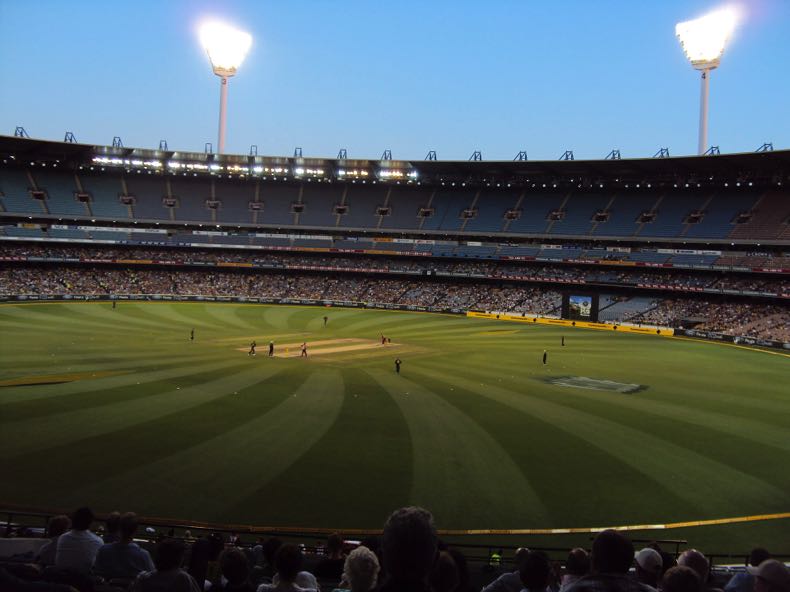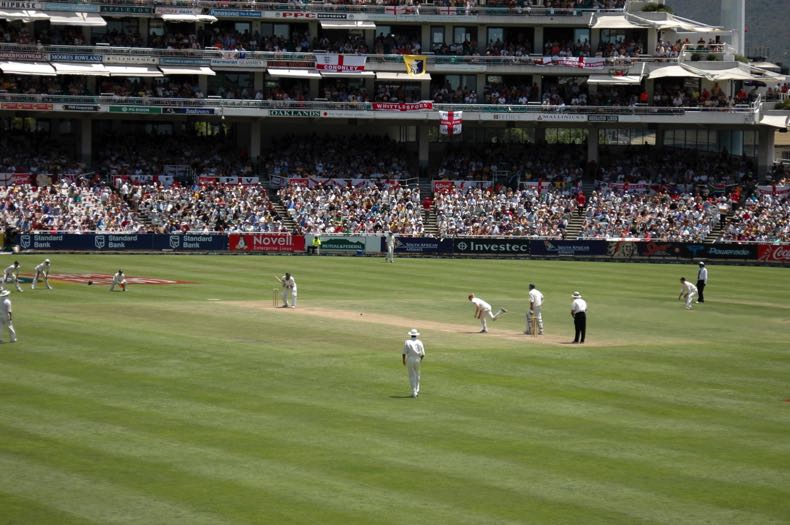 Few major sports played today are as varied as cricket. Five major forms of the game are played around the world right throughout the year. From T20 games right up to international Test matches, cricket can be played from just a few hours per game right up to five days. There were even ‘timeless’ Test matches at one point in history!
Few major sports played today are as varied as cricket. Five major forms of the game are played around the world right throughout the year. From T20 games right up to international Test matches, cricket can be played from just a few hours per game right up to five days. There were even ‘timeless’ Test matches at one point in history!
Cricket match durations vary from not much more than 3 hours for a T20 game, up to around 7-8½ hours per day for longer formats of the game. We are going through how long it takes in each format of the game, along with why it takes as long as it does.
T20 Matches

Twenty20 cricket has only existed since 2005 but it became an instant hit. The shortest form of the game is all about big batting, loud noise, colours and getting the job done swiftly. T20 internationals are played and, in fact, there is a T20 World Cup. Much like the ODIs well go into below, T20 matches are played in one day.
In this case, each side is handed only 20 overs to bowl and bat. The format has really taken off and has become synonymous with an increasingly eager society with a shorter and shorter attention span. T20 games tend to last around 3 hours. This is pretty much in line with football, so as long as the ticket price isn’t too big then it remains good value for money. What often happens however is that more than one T20 game may take place in the same stadium on the same day. Here is how a typical T20 day looks:
- First Innings: 20 overs bowled for around 1 hour, 20 minutes
- Break: 20 minutes
- Second Innings: Another 20 overs are bowled across another approximate 1 hour, 20 minutes
- Total Duration: Around 3 hours
Super Overs in T20 Cricket
T20 games can be extended somewhat. The Super Over is sometimes used to eke out a match winner whenever there has been a tie. This is a single over eliminator, the team scoring the most runs being the winner. The process of seeing out a Super Over may extend a T20 match, or ODI (below) by another 30 minutes or so.
One-Day Internationals (ODIs)

Though they were once longer, ODIs these days offer each team 50 overs for their single innings. While they last only for one day, unlike Tests (see below), the duration of play during each day is similar at around 7.5 hours. ODI’s may be day affairs only, or start later and become day-night matches. Here’s how the format generally breaks down during the day:
- First Innings: The 50 overs should take 3 hours, 20 minutes
- Innings Break: 40 minutes, this is when lunch or dinner is taken
- Second Innings: The other team now bats their 50 overs, again taking 3 hours, 20 minutes
- Total Duration: Around 7.5 hours
Unlike in Tests and First Class matches, a result must be achieved unless the game is tied. Reserve days are sometimes placed in the schedule. If there are weather interruptions, then the reserve day can be used to get a result with the scheduled communicated before play.
Reserve days have been used effectively, especially in Cricket World Cups which are played in the 50-over, ODI format. A day at the cricket is just that, a full day. One-day games are over and done with there and then so you do get a result, though it is a very full day meaning some people don’t show up for the start of play.
Test Cricket

Test Cricket is the oldest form of the game. The sport dates all the way back to the 1590s in England. As well as being the oldest form of cricket, it remains the longest too with Tests being scheduled for a maximum 5 days play before being ended, sometimes as a draw.
Each day’s play is set to last for around 7.5 hours including breaks. Play can be extended at the end of the day, weather permitting, if the minimum number of overs haven’t been bowled. Such extensions are used a lot, as over rates become slower and slower in the modern game. A day of Test cricket is split into three sessions with breaks in between. Lunch and tea are the official breaks, though lunch is changed to ‘dinner’ for day-night Tests. Here is how a typical Test match day is broken down:
- Morning Session: Otherwise known as session 1 or the first session – 2 hours of play are scheduled
- Lunch: A break of 40 minutes
- Afternoon Session: Known as the second session, this too is scheduled for 2 hours
- Tea: A break of 20 minutes
- Evening Session: Known as the third session, 2½ hours are scheduled here, more if needed
- Total Duration: Around 7.5 hours
The target each day is for 90 overs to be bowled. If a team is bowled out and there is a change of innings happening during a session, then two overs are lost. Four innings are to be played, unless there is an early result, with each team batting twice.
Typically, in England, for example, the morning session will begin at 11:00, lunch will be 13:00-13:40, the afternoon session is 13:40 to 15:40, tea is 15:40 to 16:00 and then the evening session begins until the close of play. Day-night matches can go on until around 22:00, taking place under lights. Lights are also permitted in normal day matches towards the end of play if the natural light is bad.
First Class Cricket
The County Championship in England and the Sheffield Shield in Australia are two major examples of First Class Cricket. This form of the game is much like Test cricket, though played domestically. The layout and scheduling of First Class matches is the same is Test Cricket, though matches are planned for four days rather than five. If you are attending a County Championship match, plan for the same 7.5 hours or more that you would if you went to see a Test match.
100 Cricket
The 100 is the latest form of the game to emerge. It remains to be seen how popular this will be in the longer term, while we are also waiting for average times to settle down. Visitors to a 100 game can expect the match to last around 2.5 to 3 hours, similar in fact to a T20 fixture.
Extras
Don’t forget that the times we have mentioned above can change from match to match. As well as this, the times we’ve used only include actual game time and official breaks. None of this includes getting access to a stadium, watching any build-up and staying for any presentations. Keep in mind travel time too, as cricket can take up lots of time. All we know is that, unless bad weather comes to town, the time it takes to see through a cricket match is very well worth it.
